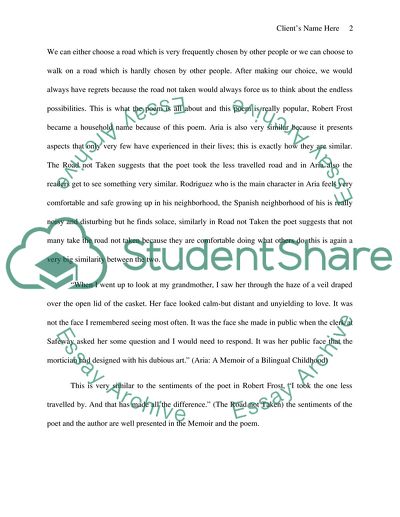Cite this document
(Frost and Emily Dickinson Poem Comparison in Literature Essay, n.d.)
Frost and Emily Dickinson Poem Comparison in Literature Essay. Retrieved from https://studentshare.org/literature/1792214-final-paper
Frost and Emily Dickinson Poem Comparison in Literature Essay. Retrieved from https://studentshare.org/literature/1792214-final-paper
(Frost and Emily Dickinson Poem Comparison in Literature Essay)
Frost and Emily Dickinson Poem Comparison in Literature Essay. https://studentshare.org/literature/1792214-final-paper.
Frost and Emily Dickinson Poem Comparison in Literature Essay. https://studentshare.org/literature/1792214-final-paper.
“Frost and Emily Dickinson Poem Comparison in Literature Essay”, n.d. https://studentshare.org/literature/1792214-final-paper.


